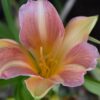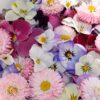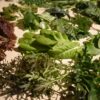Weather outlook
While NIWA’s seasonal outlook (for Coastal Canterbury) says that we can expect near normal or above normal temperature and rainfall for the period June to August, low pressure systems may at times also cause heavy rainfall and potential flooding.
Winter temperatures are likely to be warmer than average, and while cold snaps and frosts will occur, especially during mid-June, they won’t be as intense or frequent as Cantabrians are used to.
Living Soils
Creating a living soil, full of micro- and macro-organisms, rich in soil nutrients, and a good balance of mineral particles and topping all that up with a lovely thick layer of mulch in winter will help weather-proofing your garden. Good soil allows excess water to drain away faster during heavy downpours, while percolating enough water around the root zone of plants for their water needs. Mulch will help stabilize soil temperatures, keep frost off the roots, and it helps to keep weed pressure down.
Matariki
June is officially winter, and this month is also the celebration of Matariki, the start of the Maori New Year.
Matariki played a significant role in determining when to plant foods such as kūmara (sweet potatoes). Clear, bright stars indicated a good season. But if they were hazy and bunched together, a cold winter was predicted, and planting was delayed. ~TEARA.GOVT.NZ
Garden tasks
Take time during the winter months to clear away spent annuals, cut back perennials, remove weeds, and spread compost to recharge the soil. As you do this cleaning up, take note of what worked in the garden this past summer and what did not – it’s a perfect time to amend your planting plans for next season.
It’s also a great time to focus on repairing structures, and sharpening tools, tasks that normally fall by the wayside during the very busy growing seasons.
Sowing and planting
The Canterbury region is rather large, with quite a few different climate zones scattered about – even the microclimate in your own garden can make a difference, so be sure to use the following as an ideas list only, and check seed packets or seedling labels for more information specific to your exact growing conditions.
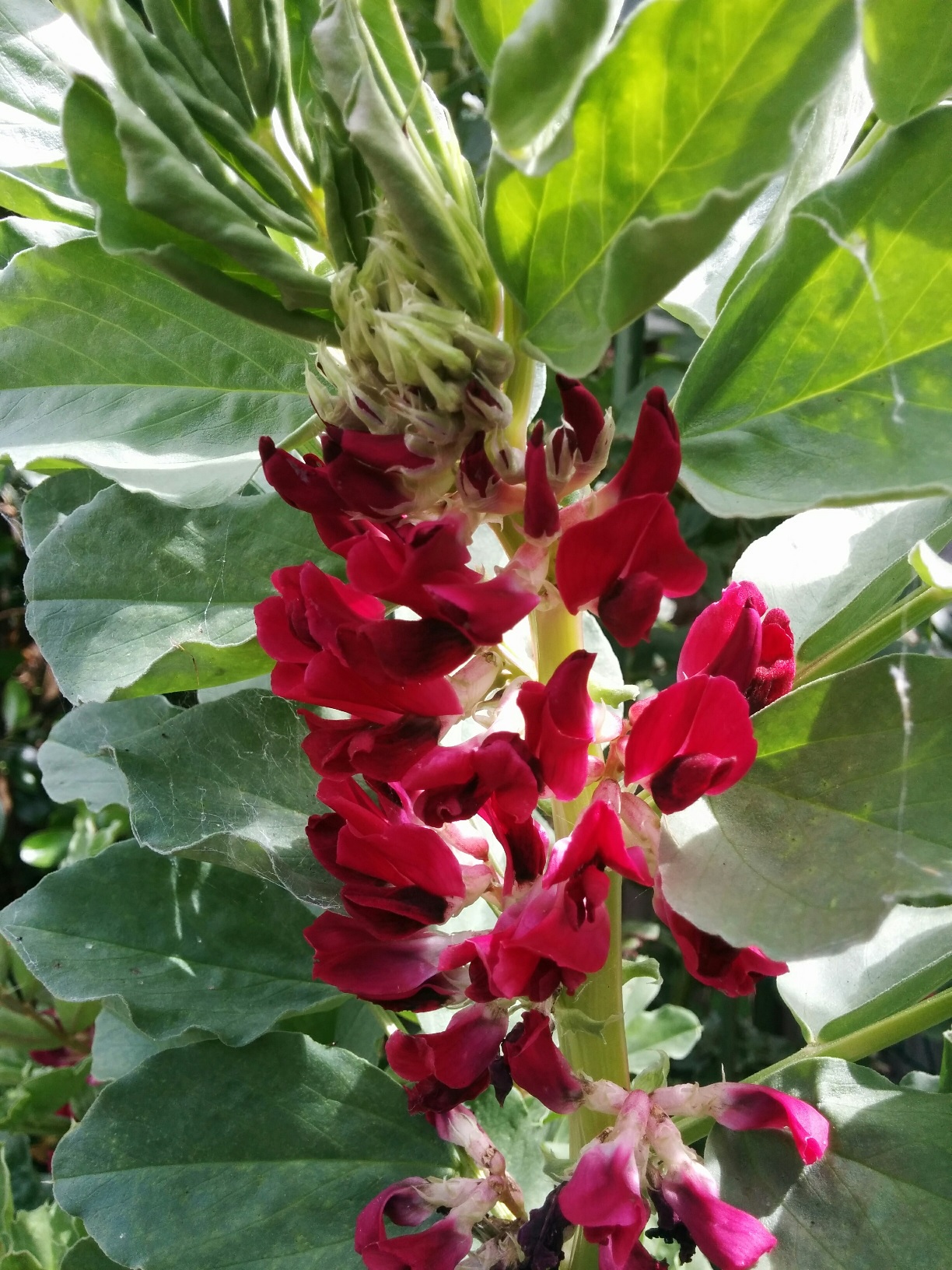
Vegetables
Sow Seeds or plant out very young seedlings
- Broad beans
- Corn salad
- Lettuce
- Mesclun and mizuna
- Mustard
- Onions (in seed trays, under cover)
- Pak Choi
- Peas
- Perpetual spinach
- Radish
- Shallots
- Silverbeet
- Spinach
- Strawberries
- Plant garlic cloves
- Broccoli
- Brussel sprouts
- Cabbage
- Kale
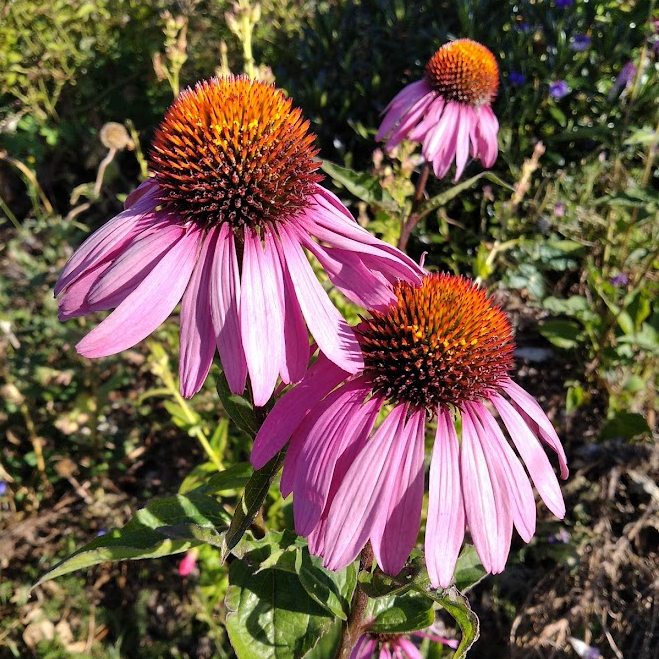
Herbs and flowers
Herbs and flowers that need stratification – that is when the seed is exposed to a period of very cold weather before warming up in spring in order to break seed dormancy and allow germination to take place – can be planted now, e.g.,
- Sweet cicely
- Echinacea
- Anise hyssop
- Scabiosa
- Rudbeckia
- Soapwort
Other flowers that should be okay (check your specific microclimate) include:
- Aquilegia
- Calendula
- Sweet peas

Fruit and Berries
The later part of June through July is the best time to plant dormant fruit trees and berry bushes. Prepare the area where you want to plant your fruit trees in time for bareroot fruit tree stock available around mid June in most garden centres.


